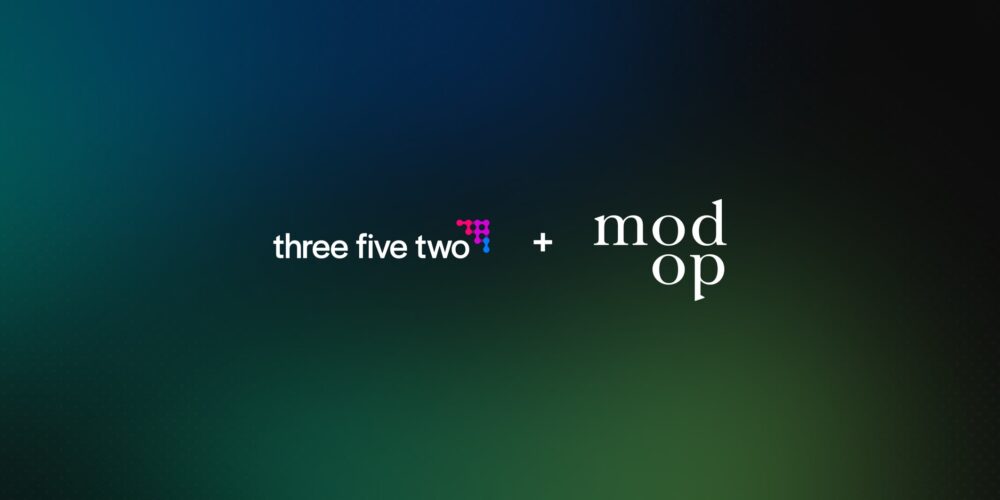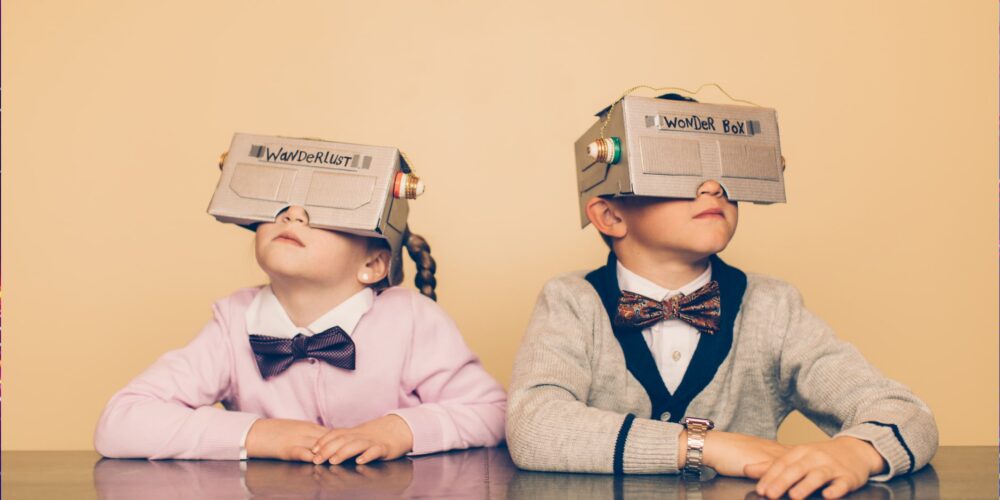
A Decision Making Framework for Innovative Leaders, Part 3: The Risk of Not Doing
This is part three of the series. Feel free to start here, or go back to start with Part 1: Embracing Uncertainty, and Part 2: Assessing Risk vs. Opportunity.
“What will happen if we do this?”
It’s the most common mental model associated with evaluating a new idea.
It’s a good question. But the better question to ask is what if we don’t?
Look, without taking risks, there is no innovation. If you only focus on what if we do, you will inevitably come to a conclusion that your idea will fail. Sure, there are some scenarios where you might be able to find a path to success. But here’s what no one wants to say, it’s incredibly likely you will fail.
Every business case written argues why an opportunity was worth pursuing based on a defined investment size of time, money, and resources, to achieve a certain potential return-on-investment that’s completely based on a guess.
That guess might be an educated guess. It may have more research and evidence to support why it could work, but it’s still a guess; it’s still a hypothesis. But, it’s also a strategy. And strategies depend on viewing a future state where possibility thrives. We tend to feel like strategies are certain, precise, and have confidence about where we’re marching toward. Even strategy is still a hypothesis, though.
That means you need to stop caring about the eventual failure of your idea.
A new product, service, or business venture’s success depends on your ability to assess the model of risk vs. opportunity differently. It is critical you shed all of the mental organizational constraints present in your company and only focus on what happens if you don’t do it, rather than if you do.
Lie to yourself and become an evangelist to make others believe.
Every business case centers on a future prediction. While technology is getting closer to predicting future scenarios, as an optimist, I’d like to believe the future isn’t yet written. However, this article is all about being comfortable with predicting some future state – and structuring how we think about uncertainty to pursue the right business opportunities.

When you assess risk vs. opportunity, what you’re really doing is designing an argument and creating a story about something you believe will happen in the future. It’s also about creating a vision of missed opportunity costs if you don’t act. You have to make that story so attractive and yet “reasonable” in your ask of resources, that people have no choice but to fund you. They are investing in you, period.
So my advice:
Be more than a catalyst for possibilities. Be a stimulant for others within your organization.
While you don’t have to bring a crowd of Utah State basketball supporters to get others excited (although, that might just do it) you absolutely have to be at the front of the pack. You’re trying to make others feel brave along the way. And guess what? If you’re not all-in, others won’t be either. Building up the bravery (yours and others’) is your best chance to succeed.
So then, what the hell am I solving for? Why is pursuing big growth so hard?
Because you’re attempting to make a decision and, at the same time, convince others to make that same decision. The real problem you’re solving for is comfort in the face of navigating uncertainty.
So are you going to teach me how to do this, right?
Not in this article. Read on to the next couple of articles. Next up will be about avoiding vanity metrics, and identifying the real KPI’s that will help you create certainty and achieve real ROI. By the end of those pieces, you’ll understand how to dimensionalize your business case and have the components for a compelling story.
Want help assessing risk vs. opportunity for your customers, products or business? Hi! We’re Three Five Two. Get in touch.




